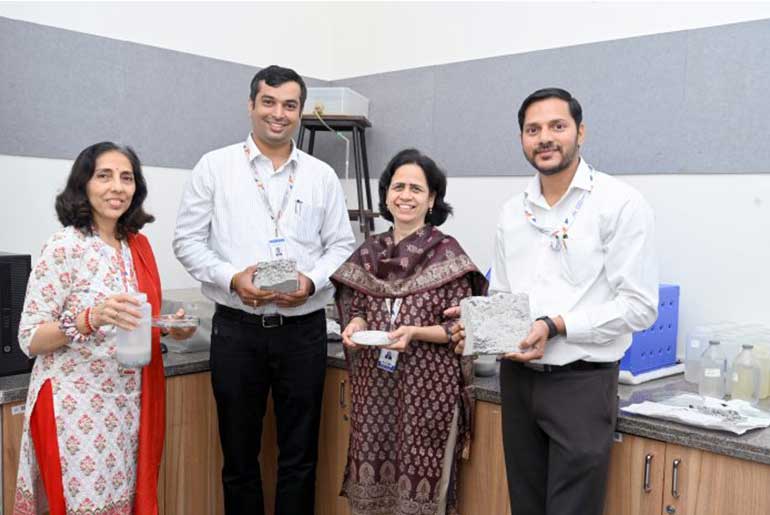Since the solar photovoltaic (PV) waste of India is likely to increase to almost 200,000 tons by 2030 and more than 1.8 million tons by 2050, a research team of MIT World Peace University (MIT-WPU) has invented and confirmed a scalable recycling procedure to handle this new problem. There has been laboratory experimentation and industry feedback in its process. In order to fund this pioneering project, the team has been awarded a research grant of 25 lakh by the Rajiv Gandhi Science and Technology Commission (RGSTC), Government of Maharashtra.
The solution would directly respond to the increasing problem of PV waste in India and would be consistent with the UN Sustainable Development Goals (SDGs) to Goal 9 (Industry, Innovation, and Infrastructure) and Goal 11 (Sustainable Cities and Communities) by facilitating the idea of the circularity of industrial activity and sustainable urban development.
Most end of life solar panels are currently stored or partially dismantled to reclaim some aluminum and cables, but the valuable metals of silver (Ag), copper (Cu), tin (Sn) and lead (Pb) are often lost to the complex, laminated structure of the panels. As a solution to this, Dr. Sarita R. Zele, Professor, Research and Development and Dr. Nivedita Gogate, Associate Professor, Civil Engineering and Dr. Deepti Marathe and Dr. Amrut Joshi are at the forefront of this groundbreaking project at MIT-WPU. Other people involved in this research are Amar Shitole, Omkar Gajare, Neha Jadhav, Veda Shewalkar, Atharv Jagdale, Pranali Dhiware, Sameer Thamke, Anjali Gabhane, Sumit Dafe, Avanti Gulhane, Dhanashree Langhi, Ruturaj Jadhav, Ameya Bakal, and Chirag Sonawane.
This recycling process not only allows retrieving these high-value products but also converts the nonrecoverable elements of the panels into other useful construction products, including bricks, blocks and aggregates. Such a dual mechanism allows us to avoid dangerous garbage in the landfills, as well as decreases the use of virgin resources and creates a circular connection between the renewable energy and construction sectors.
Dr. Sarita R. Zele, Professor of Research and Development at MIT-WPU, stated, “Solar energy is one of the pillars of India’s clean energy transition, but its by-product—solar panel waste—is a growing concern. Our research provides a sustainable solution that not only recovers valuable resources but also converts waste into useful construction products. This ensures that renewable energy continues to be truly green and environmentally responsible.”
Dr. Nivedita Gogate, Associate Professor, Civil Engineering, MIT-WPU, added, “Our innovation bridges renewable energy and construction, turning a waste challenge into an opportunity. By creating an industrial symbiosis, we reduce landfill burden, conserve virgin raw materials, and promote a circular economy. We believe this model can be scaled across India to make solar adoption more sustainable.”
Since India is steadily increasing its solar capacity targets in accordance to national clean energy policies, the innovative study of MIT-WPU makes sure that the already increasing renewable energy infrastructure does not result in future environmental issues.



